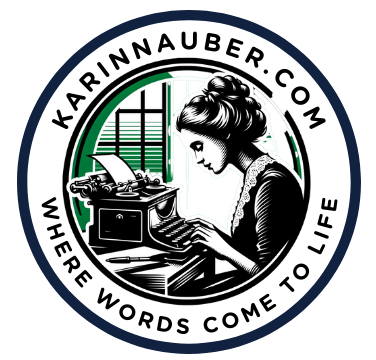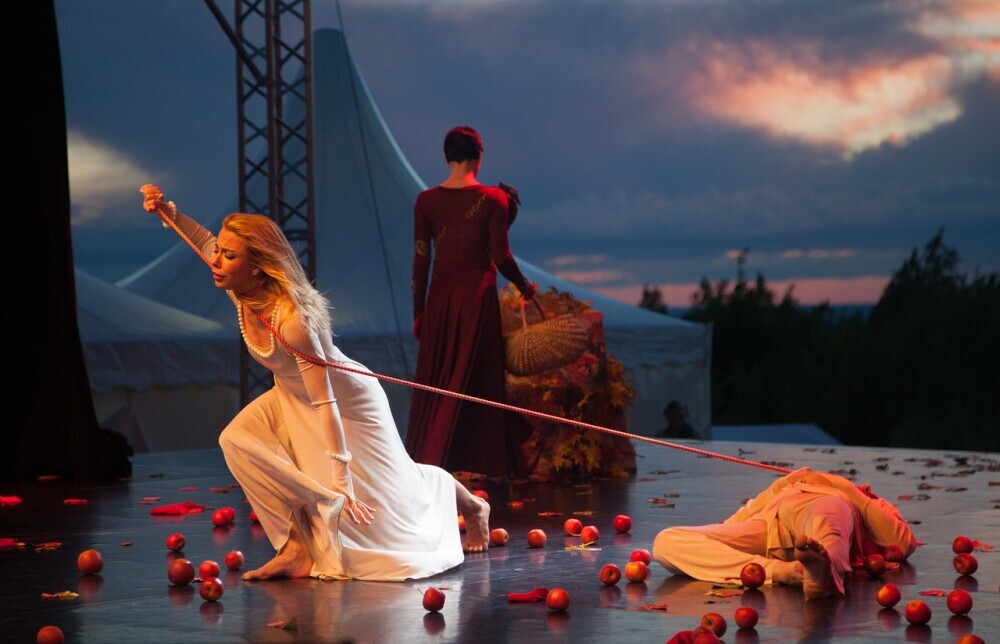
Conflict is like the heartbeat of storytelling, keeping the narrative alive and pumping. Without it, stories can fall flat, lacking the tension that pulls readers or viewers in. At its core, conflict is what drives the plot forward. It’s the challenge the characters must face, the obstacles they must overcome, and the decisions they have to make. Think of conflict as the secret sauce that gives stories zest and meaning.
Now, disputes and challenges in a story aren’t all the same. They generally split into two types: internal and external.
Internal conflicts happen within a character, often involving struggles with moral dilemmas, personal desires, or emotional challenges. Meanwhile, external conflicts pit characters against outside forces like other people, society, or nature. Understanding these differences helps in crafting a story with layered tension, keeping the audience hooked.
People naturally gravitate towards drama and tension, even in fictional worlds. Conflict mirrors real-life struggles, making stories feel grounded and relatable. The stakes and uncertainty appeal to our curiosity, urging us to want to know what happens next. Stories like ‘Romeo and Juliet’ or ‘Harry Potter’ use this effectively, drawing readers into their worlds with compelling challenges and choices.
In the literary arena, plenty of classic tales have mastered the art of leveraging conflict. Shakespeare’s plays are packed with it, woven intricately to spotlight human experiences and emotions. In modern literature and film, conflict often entwines with multiple narrative threads, offering a rich weave of suspense, actions, and moments of reflection. These stories stand the test of time because they echo the conflicts and challenges that define the human experience.
Developing Relatable Characters Through Conflict

Conflict isn’t just a plot device; it’s a powerful tool for revealing character depth and complexity. When characters face challenges, we get to peel back the layers and see what they’re really made of. It’s during these moments of struggle that their true personalities shine through, showing strengths, vulnerabilities, and growth.
Crafting characters that feel real and multi-dimensional often requires putting them in uncomfortable or challenging situations. Do they confront their fears, or do they shrink back? Do they make selfish choices, or do they act selflessly? The way they handle conflict helps define who they are and creates a believable character arc that audiences can root for.
A crucial aspect of character development through conflict is building a bridge of empathy. When characters tackle issues that resonate with everyday dilemmas, readers see parts of themselves. This connection fosters a deeper engagement because the audience is not just observing the conflict but feeling it as well. It’s these emotional ties that leave a lasting impact.
Think of characters like Katniss Everdeen from “The Hunger Games” or Frodo Baggins from “The Lord of the Rings.” Their stories are rich in conflict and choice, showcasing how they evolve in response to each challenge. These characters become memorable not because they are flawless but because their conflicts reveal relatable imperfections and growth.
Harnessing Conflict to Drive Plot and Theme

Conflict acts as the engine that propels a story forward, pushing characters from one scene to the next and creating a compelling narrative flow. When crafted thoughtfully, conflict adds layers and depth to both the plot and overarching themes, making stories resonate on multiple levels.
Integrating conflict is crucial for highlighting central themes. The opposing desires or truths characters face often reflect deeper moral questions or societal issues. This contrast not only sets up tension but also prompts readers to think critically about the themes that matter.
Maintaining a balance between tension and resolution is key. Too much unresolved conflict can leave a narrative feeling chaotic, while too little can make it dull. A well-crafted story knows how to keep readers on edge, offering just enough resolution to sate curiosity while still leaving room for speculation or surprise.
Take, for instance, George R.R. Martin’s ‘A Game of Thrones,’ where the clash for power not only fuels the narrative but underscores themes of loyalty, betrayal, and justice. These conflicts, intertwined within multiple plot lines, drive the story towards its dramatic points and keep audiences guessing.
Effective storytelling doesn’t just sprinkle in conflict for excitement; it weaves it seamlessly into the fabric of the narrative. The best stories find a way to use conflict as a tool for exploring themes, challenging characters, and engaging audiences on an intellectual and emotional level.

